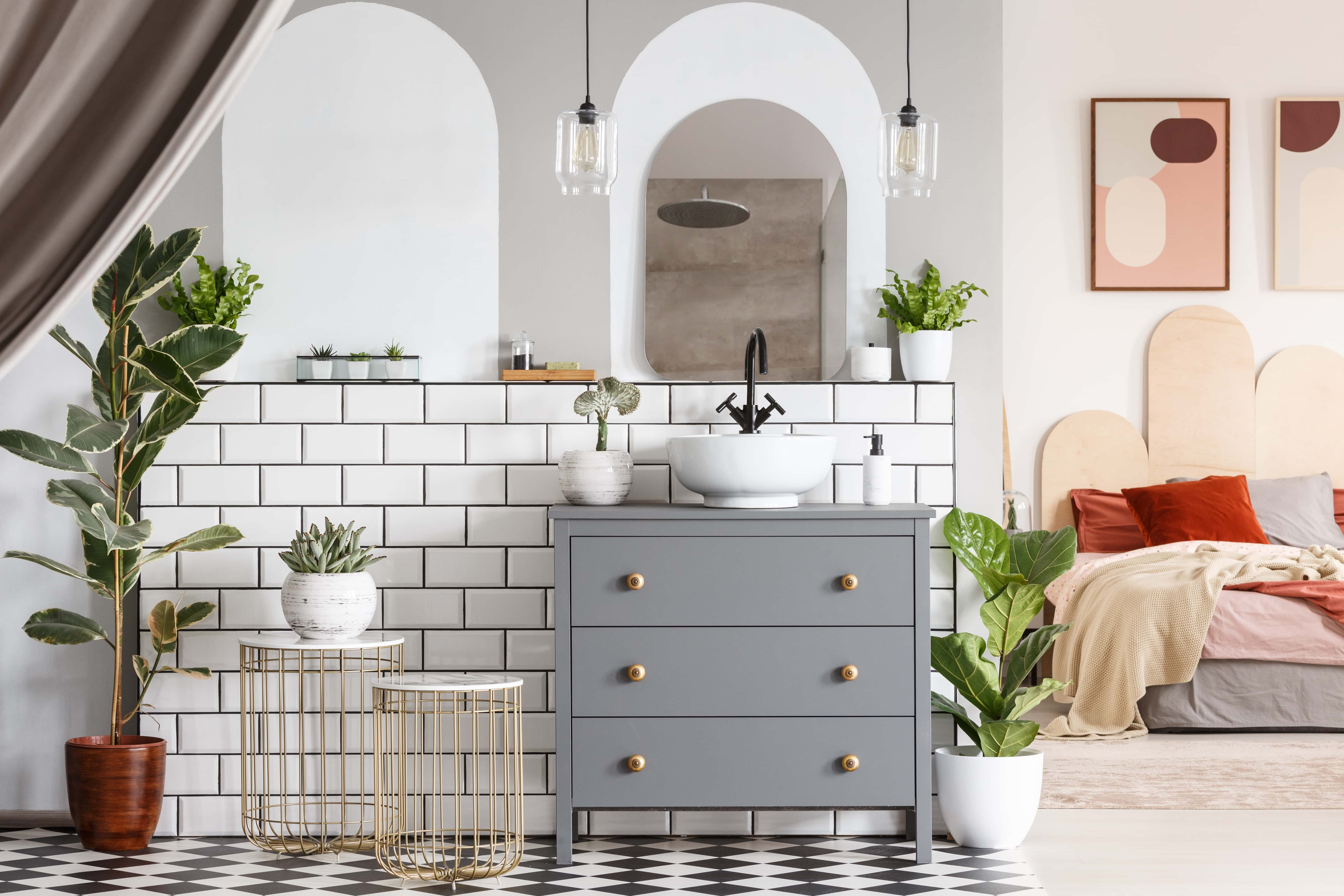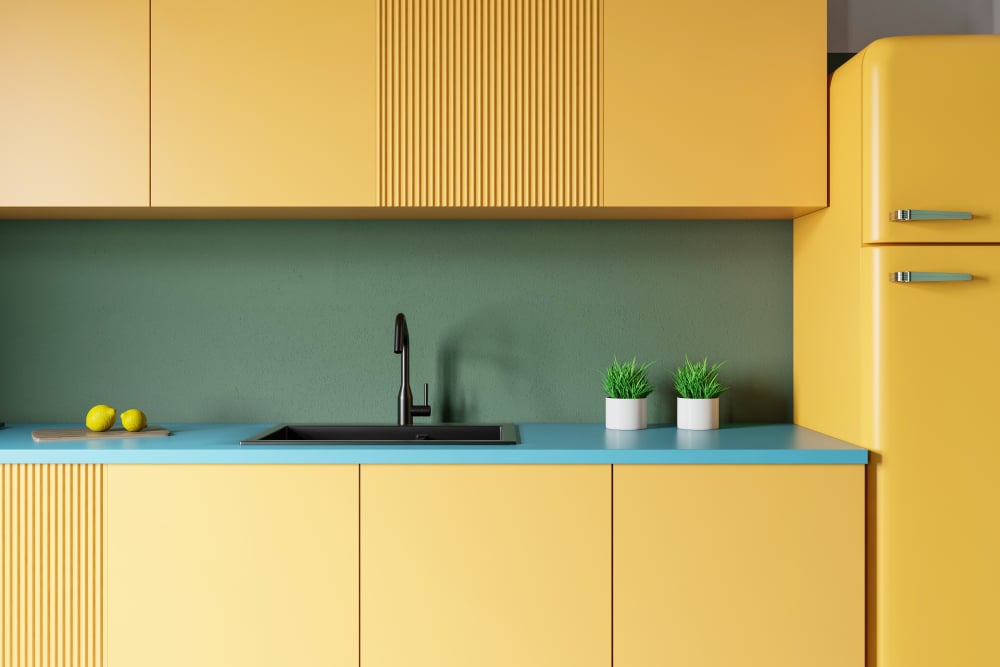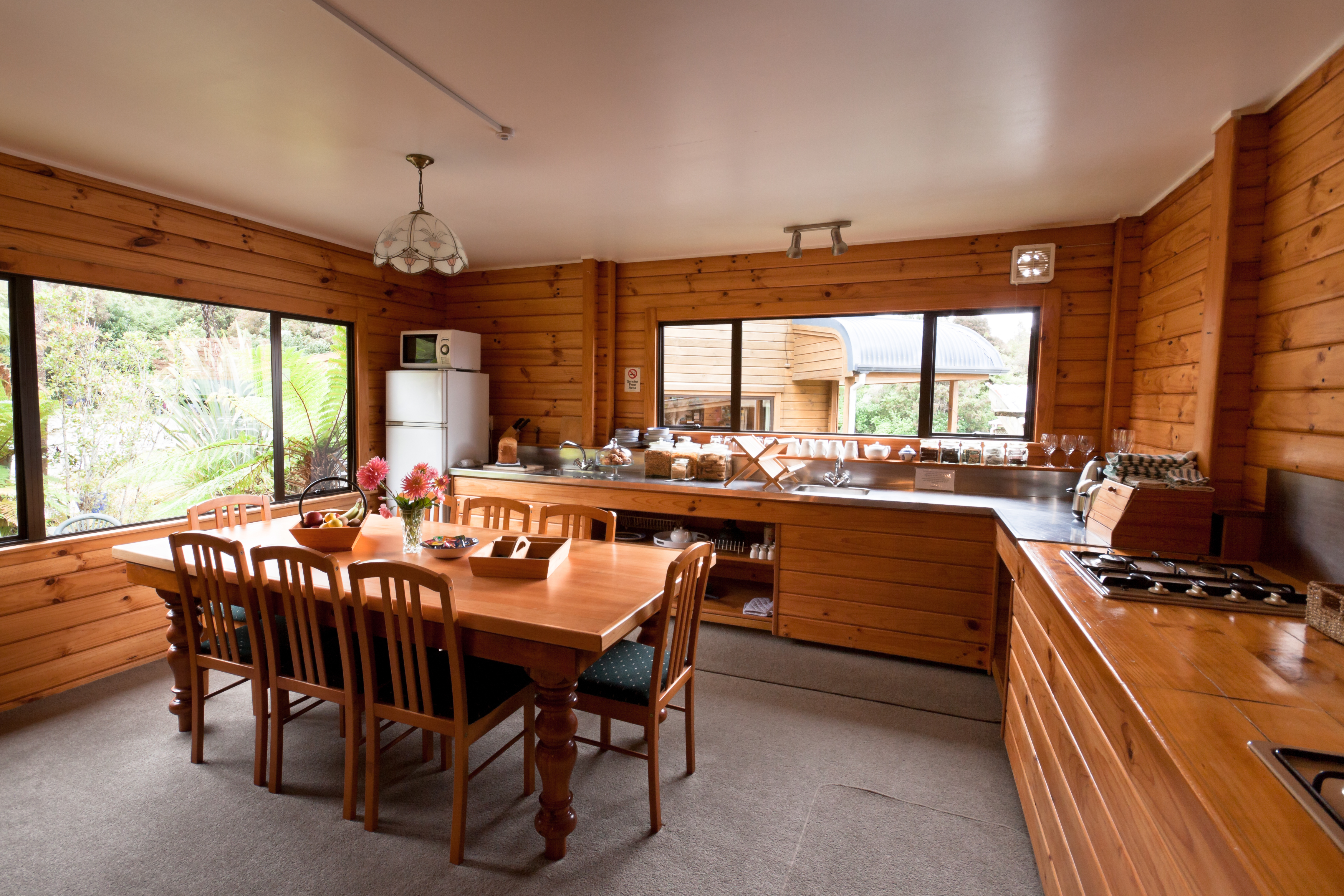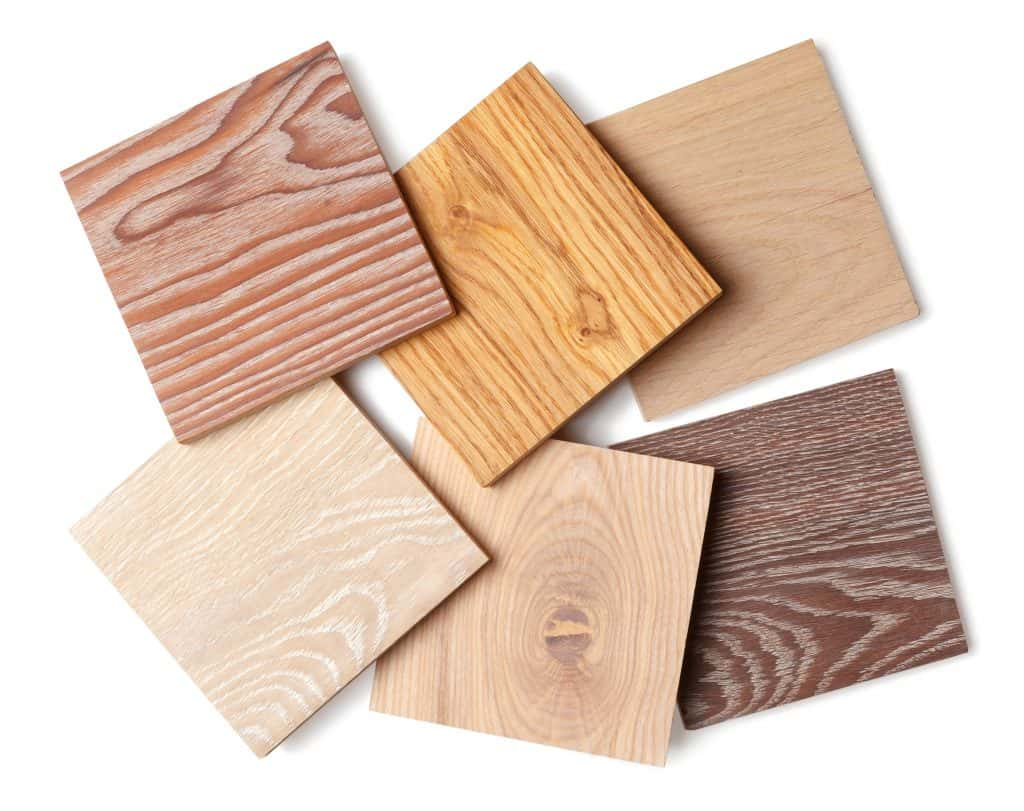When it comes to choosing materials for your home furniture, you can never be cautious enough. Terms like Plywood, Marine Ply, WPC etc. are words which tend to get thrown around a lot in furniture-making, and these days you might be hearing about marine plywood a lot more often. If you’ve always had those niggling doubts about what exactly the difference is, whether there is one at all, when to use it and where then here’s the answer to those internal questions.
What is Plywood?
Firstly, the plywood itself is a manufactured wood panel, made from durable face and core veneers. Veneers are thin slices of wood, usually thinner than 4mm. These core veneers are arranged in layers one on top of the other with alternating grain directions to build up the desired thickness. This construction gives the sheet its structural strength and dimensional stability. These wood fibre sheets bound together with resin under high pressure and heat, become plywood, which is widely used in manufacturing furniture, especially cabinets, shelves and wardrobes.
1. Marine Plywood
Made often from tropical hardwoods, marine plywood is constructed to be highly water-resistant. These woods have a smaller core gap, reducing the risks of trapping water, and the synthetic resins used are water-resistant. These resins also have a resistance to termites and borers. In other cases, the veneers would be chemically treated to provide water, termite and borer resistance. The bonding resin is highly water-resistant, so as to prevent the veneer sheets from delaminating from each other when the plywood comes in contact with water. This is one of the most economical and durable options when it comes to making your home furniture.
However, sometimes commercial plywood is re-coloured to pass off as marine plywood in the local market. Make sure you buy from a known brand, with a test certificate. It is very important to understand from your vendor on the usage of a right water-resistant adhesive like Fevicol Marine. Highly water-resistant adhesives like Fevicol Marine gives the ply and laminate an everlasting life and high durability and are tested at extreme conditions as per standards to offer high moisture resistance.

Choosing Grades
When you’re choosing marine plywood, note the grade and see what it offers you. Choose an interior grade marine plywood for your wall panelling, interior partitions and furniture. If you’re living in a hot and humid place, make sure your wood can survive it!
Commercial Plywood
This grade of plywood would be similar to marine ply in terms of its strength and finish and also resistant to borer and termite attacks. The only difference being this material would not be as water-resistant as marine ply.
Try and make sure your plywood is made from non-toxic materials, as far as possible, is warp-free (i.e. doesn’t bend and bow over the years) and emission-free.
When you’re thinking of waterproof materials, you might also want to consider wood-plastic composite, which is what you might call the new kid on the block.
Where to Use Marine Plywood?
The main thing to remember about marine plywood is the waterproofing aspect. A good place to use it is in those parts of the house that tend to collect moisture and need a durable material, like the kitchen or the bathroom. Use it to make your kitchen cabinets and bathroom shelves.

Commercial grade plywood, on the other hand, could prove useful for wardrobes and living room furniture, where you don’t have to worry about moisture.
2. Wood-Plastic Composite
What Is Wood Plastic Composite?
Wood-plastic composite, as the name suggests, is a material constructed out of wood fibre in combination with thermoplastics (like PVC). It could also include other fibres, like bamboo, straw, peanut hulls etc. These sheets come with far better finishes and colours than marine ply and are also far more water-resistant. They can also be machined using routers to achieve very intricate designs.
Where to use Wood Plastic Composite?
- Like marine plywood, wood-plastic composite can be used in home spaces which are susceptible to heat and moisture, like the kitchen and bathroom.
- It can prove useful material in making those kitchen shelves. The main benefit is that this material is highly resistant to rot and decay.
- Another is that you don’t need paint – this material is manufactured in a variety of interesting colour options.
- A big difference from marine plywood is that WPC can be moulded into any shape, even bent into curves. However, keep in mind that the inclusion of plastics means that WPCs have higher fire hazard properties than wood.
- For a good grade of plywood or laminate to live upto its expectations, it is very important to choose the appropriate grade of adhesive. Fevicol offers wide range of commercial & industrial grade adhesives that come with latest advancements & properties such as Water-resistance, Heat-resistance, high strength & durability. You can be rest assured with Fevicol Inside.

We are hopeful that these information would really help you for the purchase decision for the plywood. Get best home design ideas for your home with the latest home interior designs and decor ideas at HomeLane.






1 Comment
Hi there,I check your new stuff named “Know your Materials: Marine Plywood and Wood-Plastic Composite – HomeLane” on a regular basis.Your humoristic style is witty, keep up the good work! And you can look our website about تحميل افلام.